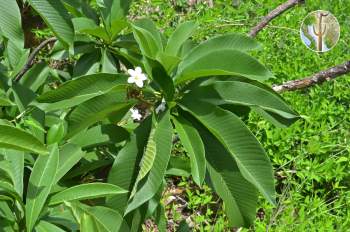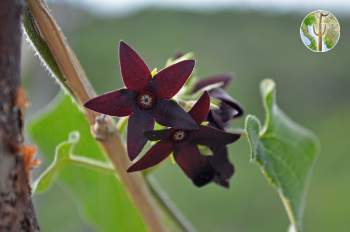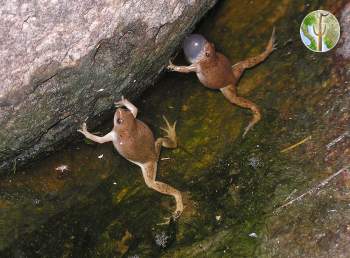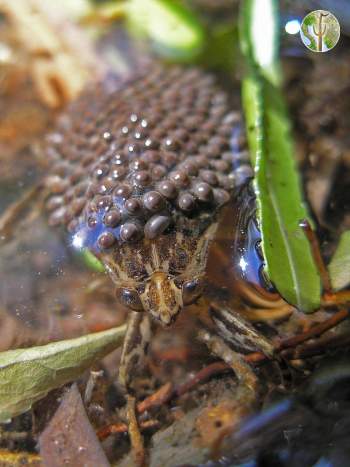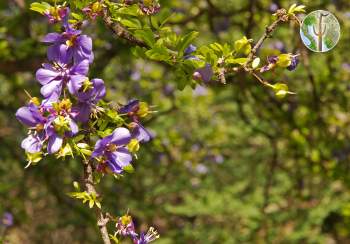Thorn-scrub
Sierra Mazatán, Monsoon 2014
Also known as the Sierra Huerfana by locals, this granitic mound east of Hermosillo harbors beautiful oak woodland and lush thorn-scrub on it's slopes. Find more info about this range at our Sky Island Profile. This trip was a Madrean Archipelago Biodiversity Assessment trip, recording flora and fauna from the mountain.
Comparison of the Tropical Floras of the Sierra la Madera and the Sierra Madre Occidental, Sonora, Mexico
The floras of the tropical vegetation in the Sky Island Sierra la Madera (SMA) near Moctezuma in northeastern Sonora (30°00’N 109°18’W) and the Yécora (YEC) area in the Sierra Madre Occidental (SMO) in eastern Sonora (28°25’N 109°15”W) were compared. The areas are 175 km apart. Tropical vegetation includes foothills thornscrub (FTS) in both areas and tropical deciduous forest (TDF) in the Yécora area. A total of 893 vascular plant taxa are known from these areas with 433 taxa in FTS and 793 in TDF.
Preliminary Flora of Ojo de Agua Tonibabi, Sierra La Madera, Sonora, Mexico
Ejido Tonibabi is located 12 kilometers east-northeast of Moctezuma in east-central Sonora, México (29°50’16’’N 109°33’45’’W, 780 m elevation). The vegetation is riparian in the wetlands and foothills thornscrub on slopes. The flora was inventoried on transects in different areas in Ejido Tonibabi. Specimens were collected to identify by comparing with specimens in the University of Arizona and Universidad de Sonora Herbaria and for voucher specimens. A total of 162 species in 125 genera and 47 families were documented in the area.
Erpetogomphus molossus, a new species from Sonora, Mexico (Odonata: Anisoptera: Gomphidae)
Erpetogomphus molossus is described from 3 male and 3 female specimens (holotype and allotype in collection of Instituto Biologico de la Universidad Nacional Autónoma de México) from the intermittent pine-oak woodland of the Yécora municipio in east-central Sonora, Mexico. Diagnostic features of the new species include the seemingly bulbous tip (in lateral view) and prominent baso-ventral process of the male cerci and the notched and denticled posteromesal corners of the female subgenital plate.

